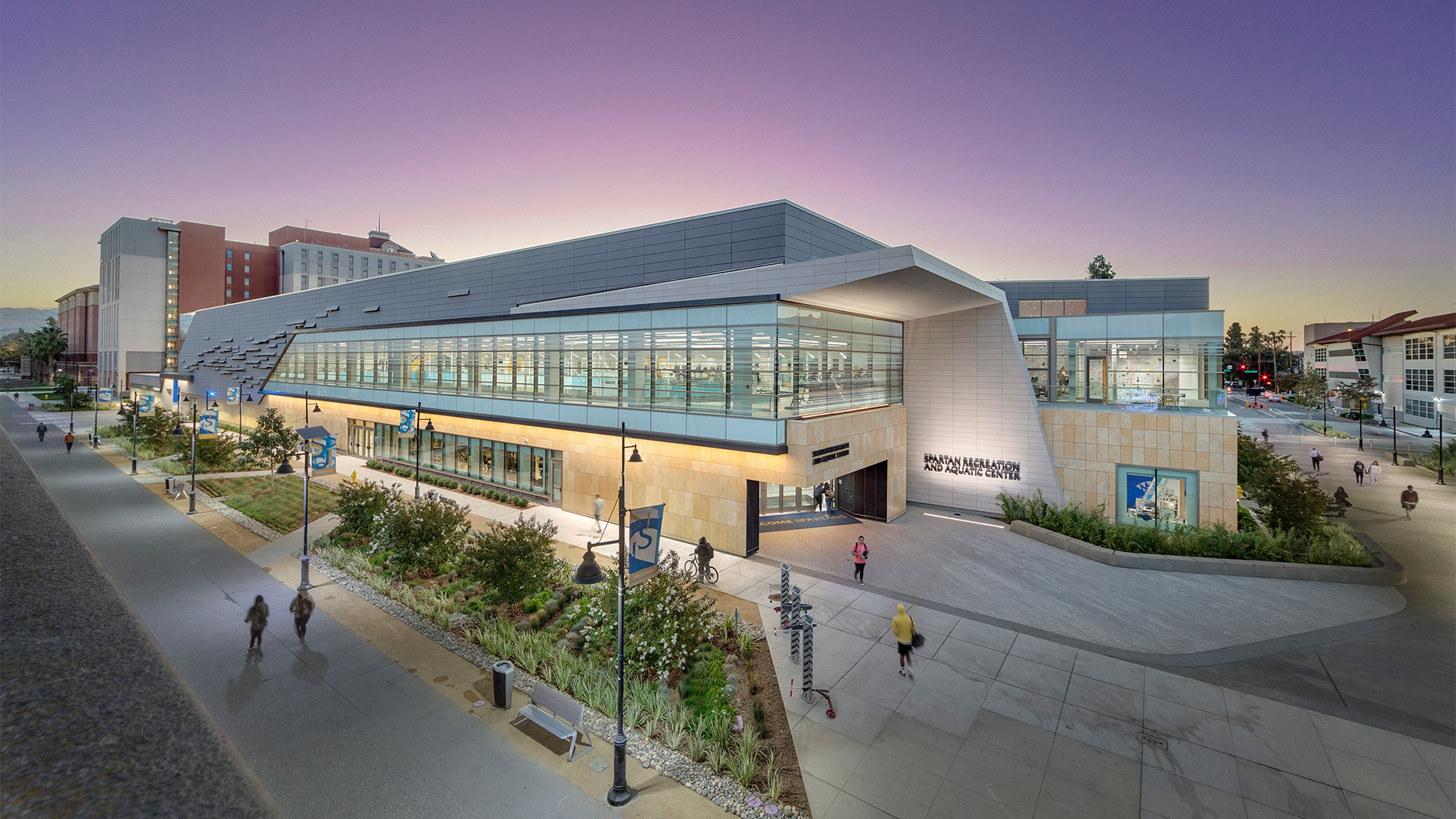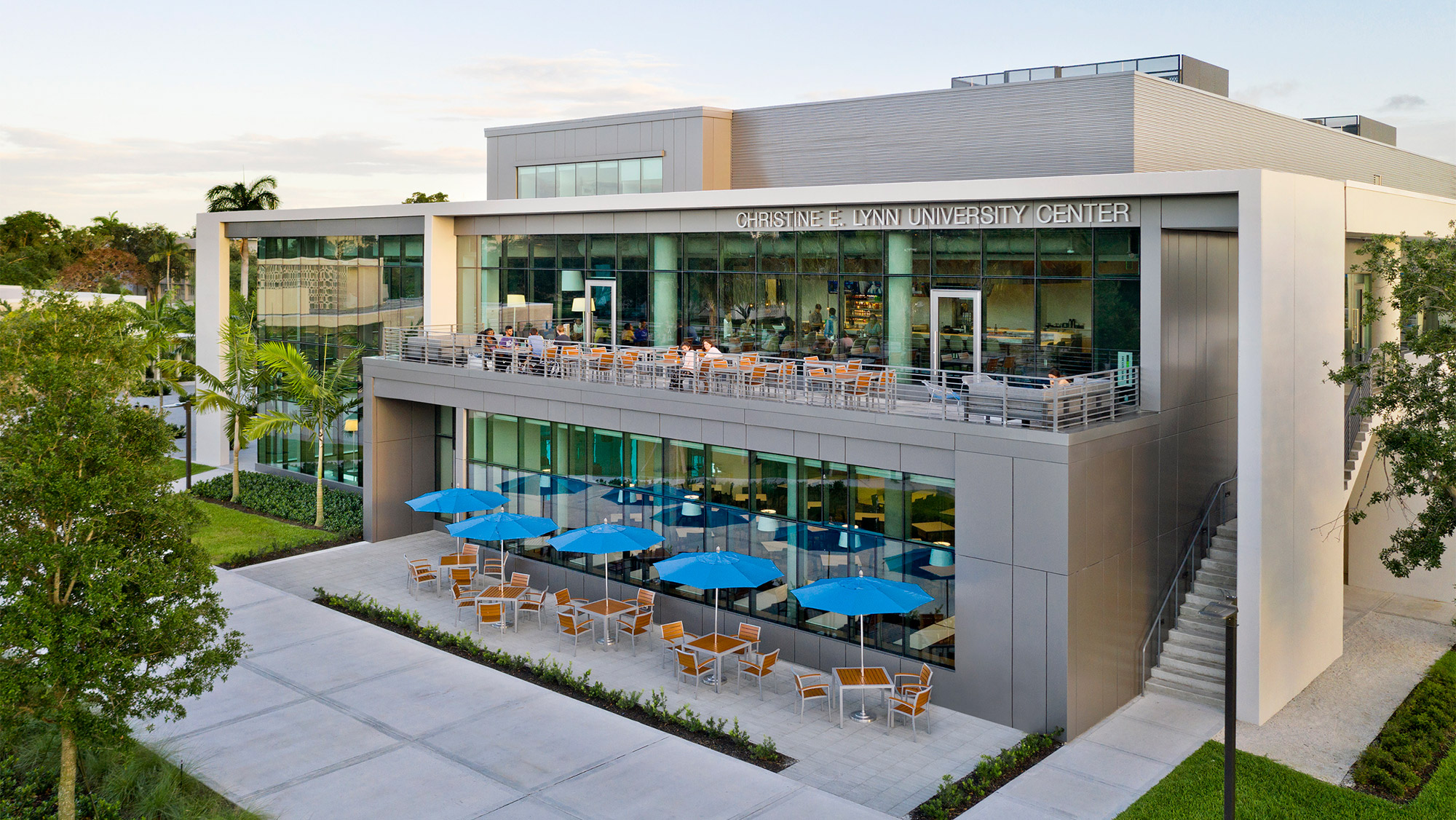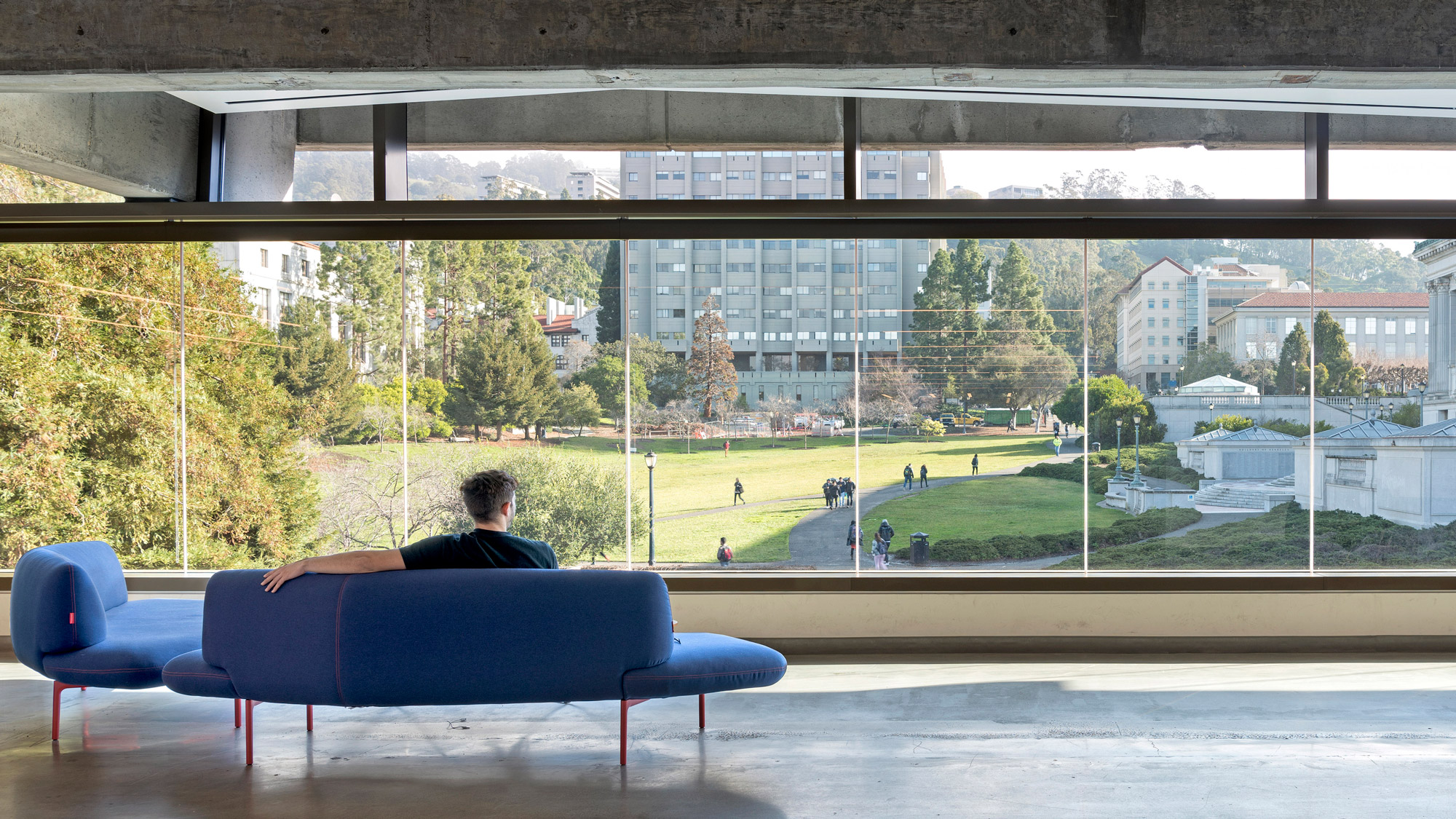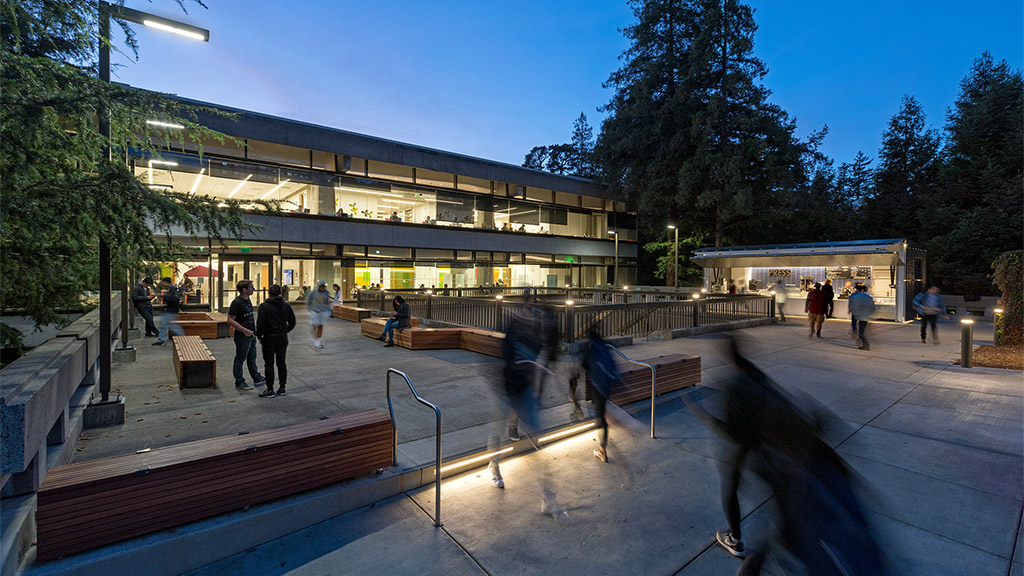Campus Masterplan 2.0: Including an Integrated Wellness Strategy
October 26, 2021 | By Cindy Coleman
College campuses have always been a microcosm of society. The college campus is the place where a student defines who they are and develops what they stand for. For many, it’s a place to find a best friend, perhaps a life partner, a career, and a trajectory towards independence.
But it can also be a place that doesn’t fit. It is expensive. It is decidedly different from home. It sometimes feels inequitable. Classwork is hard for some and easy for others. It may expose students to politics, social norms, and educational pedagogies that counter what they are used to. The entire experience may feel isolating, unfamiliar, or unaccepting.
Today, college life is arguably one of the most stressful experiences in a young person’s life. It is often the first time away from the home that was a familiar place to recenter. For some, they had a full-time coach — a parent, guardian (or even two) watching and guiding their decisions. Now they are independent.
This phenomenon of increased stress, called the health epidemic of the 21st century by the World Health Organization (WHO), is not new. Colleges and universities continue to evolve to find ways to support this growing epidemic of being emotionally, socially, and physically unwell.
The Masterplan
Every 10 years or so, Universities look at their facilities to develop capital spending plans that build alignment with their current vision. In the past, when wellness was considered, one strategy was to create a centralized athletic, health, and wellness facility. This strategy is efficient. It brings resources together in one location and creates a singular location for self-care. It can, however, have an unintended consequence and unwittingly create a binary wellness/not wellness response to a student’s day-to-day experience: This is the building where I do wellness.
However, today’s student is different. They are connected 24/7, their lives are modeled in social media and through constant communication with friends on campus and across the world. They are more vocal with their desires for a healthy lifestyle and are accepting of their vegetarian friends, their gluten allergic roommate, and their classmate facing anxiety. Today, wellness is not only a thing to do, it’s also a mindset and a way of life.
An alternative or additional strategy building momentum is a wellness masterplan concept that distributes wellness strategies across the campus. By creating a network of engagements and reinforcements throughout every aspect of a student’s daily journey, academic institutions can normalize wellness and shift it from a place to go, to a state of mind. This shift is more inclusive and meets the student where they are — whether on or off campus.
A wellness masterplan is both a physical and virtual place where students can access wellness — from the dorm to the library, the student union, the food halls, and all areas in between. Masterplan thinking presents an opportunity to integrate wellness habits into daily life and is likely to reduce any associated sense of stigma for needing help.
For decades, colleges and universities have been creating their unique roadmap to the future by investigating facility masterplan strategies. Focused on buildings, quads, and parking, these typical masterplans tend to focus primarily on bricks-and-mortar. Today, these same colleges and universities are looking for well-being to have a much larger voice in the campus experience to prioritize student well-being as objective number one.
Here are five key strategies for designing a wellness masterplan on campus:
1. Walkability
A campus — whether urban, suburban, or rural — is a great place to walk, to feel a sense of place, or build both a connection to the school and a sense of belonging. It’s important to make sure these campuses feel safe, are well-lit, and well landscaped. Having places to gather, to stop and say hello, adds a social element to the walk. It makes the walk “sticky” and a repeatable activity.
There is also an opportunity to gamify the experience. For students who have grown up in the digital generation, gamification can satisfy their desire for instant gratification and recognition. Applying these gamification strategies to activate sidewalks on college campuses could provide constant acknowledgement and encouragement for reaching a certain number of steps, or friendly competition with a friend to reach a fitness goal.
Historically, the largest perceived need on campuses is parking, and the associated roads to connect to those coveted lots. However, with a wellness masterplan strategy, you reprioritize access to campus with a pedestrian first, bike second, mass transit third, and private automobile fourth approach. Every mode of transportation needs to have a component of pedestrian activity, which is why it should be prioritized as a key “space” on campus.

2. Bikeability
The now familiar green bike path threading through campus and college towns is a constant reminder of the healthy and environmentally friendly alternative to taking the bus. Campuses have always been on the forefront of bike access; however, when strategized with a comprehensive wellness strategy, the strategic placement of bike paths provide students with an awareness that the university places healthy lifestyles as a priority aligned with their mission.
The growing availability for campus branded bikes for rent is also great way to prioritize a bike alternative. A student can pick up a bike near the dorm, park it near an academic building, the student union, or wherever they need to go that day — all without having own a bike. And this builds a biking culture since these pick up/drop off zones are good places to meet up.

3. Healthy food
Many universities and college towns are healthy food deserts even though students are clamoring for access to healthy food choices. Vending machines added in the 1990’s hocking soda and snacks have created a misappropriation of priorities. Students want healthy options with a similar convenient access. Fresh food vending services with salads, fruit, and healthy meals that can be distributed throughout campus can bring convenience to these healthy options.
Additionally, university-supported farmers markets in the center of campus can provide students with convenient access to low-cost, healthy, local produce, fruits, and vegetables.
4. Access to telemedicine
In the early days of the pandemic, access to telehealth visits provided quick, easy access to doctors that many students did not have previously. These virtual visits have required a new type of space on campus. Universities are adding pop-up phone booths/conversation pods in the lobbies of campus buildings to provide convenient access to private, sound-proof telemedicine visits. Additionally, by putting branded telehealth pods throughout campus, it heightens awareness to the ease of access and the importance of a health partnership.
5. Restorative spaces
The pandemic afforded easy access to comfort spaces. After a stressful lecture Zoom call from home, the bed was just a few feet away, the yoga mat was stored under their desk. Now that students are back on campus, they are looking for similar recharging opportunities and spaces near their class environments. Students are looking for easy access to spaces to pray and restore, or just get away and be alone to shut out the noise. These restorative spaces are equally as important as those spaces to connect.
Restorative spaces and spaces that support being alone-together, like libraries and student unions, are equally important to extroverts and introverts. Overstimulation can cause anxiety and the constant on-the-go student ethos needs to be balanced with spaces that encourage slowing down, decompressing, and taking the time to restore.

At the end of the day, every university has a mission statement. Traditionally, mission statements are often focused on student success, creation of leaders, and building a sense of unity. Today, we are seeing mission statements rewritten to be inclusive and supporting a student’s emotional, social, and physical well-being in the process of providing a great education. Bringing a well-being mindset to both student environments and campus culture will encourage all students to learn and grown as a whole person. A wellness masterplan component to the traditional masterplan is a critical component to the fulfillment of this mission.
For media inquiries, email .

